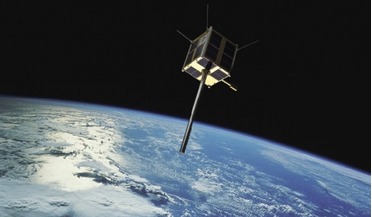 April 2021
Norway’s pioneering use of microsatellites
April 2021
Norway’s pioneering use of microsatellites
... has been a member of the European Space Agency (ESA) since 1985 and is a full member of the EU programmes Copernicus and Galileo. The national benefit of international collaboration is continuously important, but in some areas the data provided...
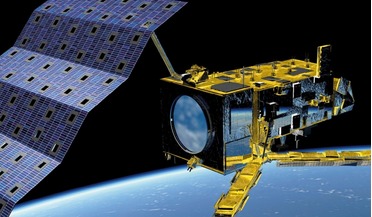 February 2019
European system for global weather forecasting and climate change detection
February 2019
European system for global weather forecasting and climate change detection
... high precision observations of ocean surface topography until 2030+, in full synergy with the marine mission of the Copernicus Sentinel-3 satellite. Joint Polar System (JPS) The EPS-SG programme is expected to be one of the most important sources...
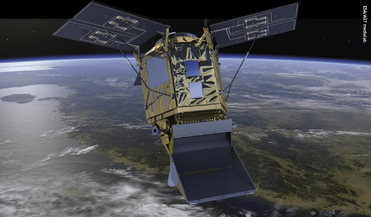 February 2022
Building space-qualified detector chips
February 2022
Building space-qualified detector chips
... MCT detector is that it has been selected to provide detection in the shortwave infrared for the part of Europe’s Copernicus Anthropogenic Carbon Dioxide Monitoring (CO2M) programme that monitors carbon dioxide emissions. For this project, detectors...
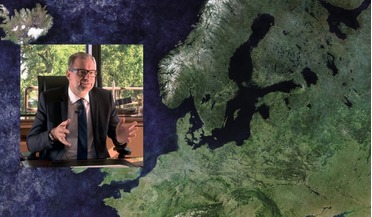 April 2021
Making space part of the everyday European agenda
April 2021
Making space part of the everyday European agenda
... the space solution in which we develop and operate the satellites and deliver the data. EU-ESA cooperation on Copernicus is a model of how we can work together in space, involving many partners across Europe. In my role as Director General of ESA...
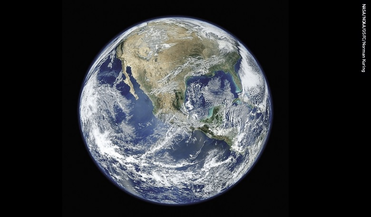 March 2021
Data may be the new oil... but its real value is in actionable information
March 2021
Data may be the new oil... but its real value is in actionable information
...anthropogenic features such as buildings, vehicles and ships. The Copernicus Sentinel fleet will be maintained over the next two ...the rainforest over the last three decades. This Copernicus Sentinel-2 image (August 2016) illustrates where vegetation...
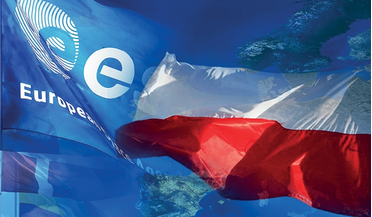 November 2018
Pole star rising
November 2018
Pole star rising
... assumes also that satellite data will be acquired both from the European space infrastructure (e.g. Galileo and Copernicus) and from national resources. One such resource should be a national Earth observation system, capable of conducting both...